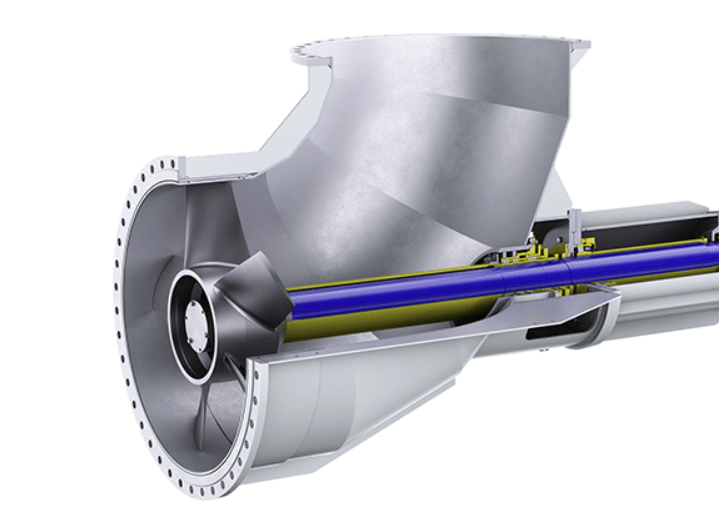Nasser D
Petroleum
- Mar 6, 2022
- 14
Hi dear engineers, I am trying to calculate flow, velocity and discharge pressure of an agitator that we have in our system. I have motor power, diameter and RPM of the impeller. Thanks
Follow along with the video below to see how to install our site as a web app on your home screen.
Note: This feature may not be available in some browsers.
Nassar D said:the function of this agitator is moving molten salt between reactor jacket and salt cooler (a heat exchanger)

